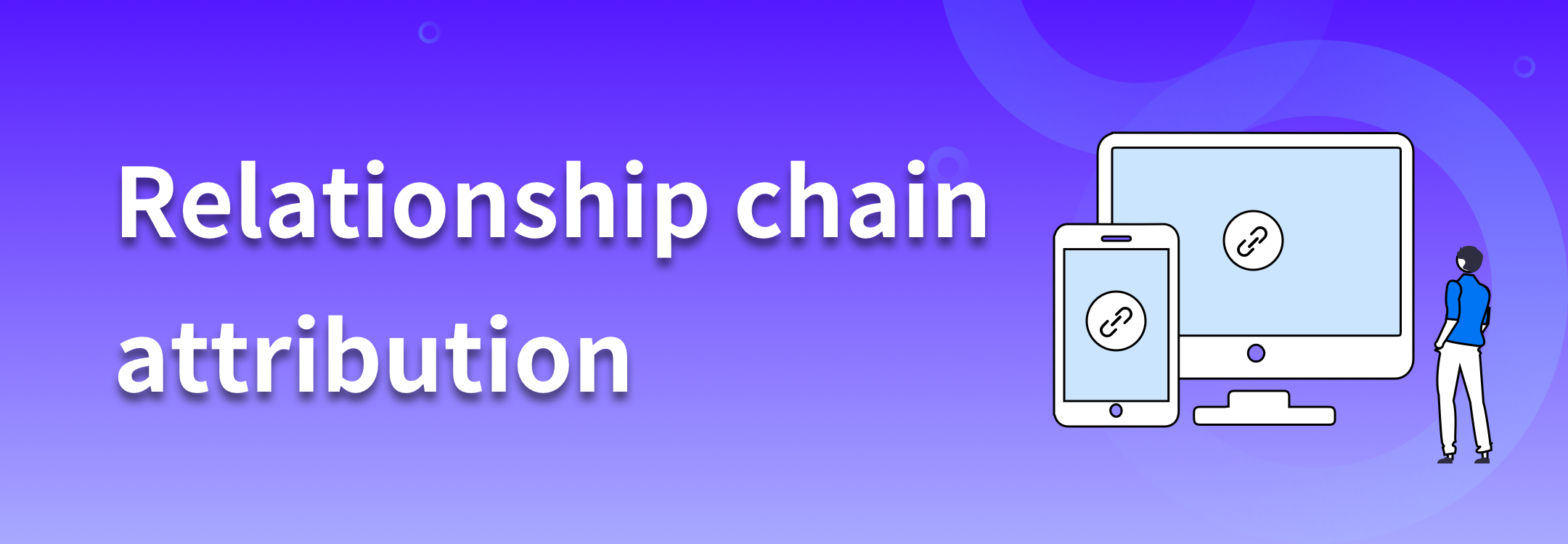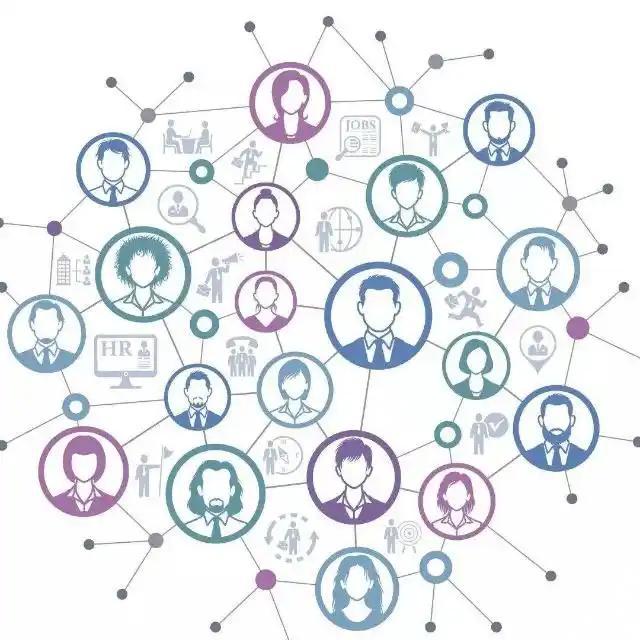
App relationship chain attribution
- 2025.07.01 11:20
- openinstall
- Product Dynamics
Effectiveness of Relationship Chain-Based User Acquisition
Currently, in the mobile ecosystem, the most efficient method for apps to acquire users revolves around leveraging “relationship chains.” Many user acquisition strategies relying on social connections have been market-validated, primarily achieved through invitations, sharing, and viral dissemination among users to create a fission effect.

However, conversion bottlenecks still exist in relationship chain-based user acquisition.
Addressing Relationship Chain Attribution Pain Points
To enhance relationship chain conversion efficiency, the primary focus should be resolving user experience friction points during app sharing and propagation. A critical example is relationship chain attribution: When User A shares a landing page with User B who subsequently downloads the app, attribution mechanisms are required to identify the referral relationship and bind the connection between A and B for subsequent operations.
Drawbacks of Traditional Relationship Binding Methods
This attribution process involves user identity verification across channels. Some solutions employ manual invitation code entry by new users to establish relationship binding and service logic integration. However, from the user perspective, cumbersome operational steps inevitably reduce conversion willingness, as each additional step in the conversion funnel risks user attrition.
Relationship Chain Attribution Solution
To address complex relationship binding challenges, we can implement relationship chain attribution solutions that automatically capture channel ID parameters to establish user connections.
Openinstall Relationship Chain Attribution
The openinstall relationship chain attribution workflow operates as follows:
When User A shares a landing page with User B, the landing page SDK automatically captures User A’s ID parameters upon B’s page access. When User B downloads and registers the app, the backend system matches the IDs of both users, seamlessly completing relationship chain binding without user awareness.
With this solution:
- For users: No code entry, search, or registration steps are required. They simply follow the landing page flow for download and registration, with all relationship binding occurring transparently.
- For app operators: Conversion efficiency is optimized as the download process remains identical to standard procedures, eliminating extra steps and development/maintenance costs for invitation code systems. Technical complexities are resolved through automated attribution.
Need for Intelligent Automated Conversion in Digital Era
Through app relationship chain attribution, we can reimagine connection-building processes. In user conversion, each added step risks attrition. Only by adopting intelligent, automated conversion methodologies in the era of comprehensive digitalization can marketing investments be fully optimized to drive effective user growth.
Recent Posts
- OpenInstall Omnichannel Multi-scenario Solution
- Having trouble acquiring users and achieving conversions for your app? Here are solutions based on real-world examples.
- openinstall: A solution for attribution and redirection from web to app (W2A).
- How to efficiently use app data statistics
- In today’s wave of social networks, how should developers make good use of omni-channel statistics?
- ASA Attribution Statistics: Breaking Through the Gap in iOS Customer Acquisition Data from a Developer’s Perspective, Making Advertising Decisions More Traceable
- Openinstall Core Function Usage Guid
- What benefits can a Web to App attribution solution bring?
- IMore than just “data calculation”: The underlying logic of APP channel agent statistics is the key to doubling conversion efficiency
- How to Use App Install Parameters for Channel Attribution



